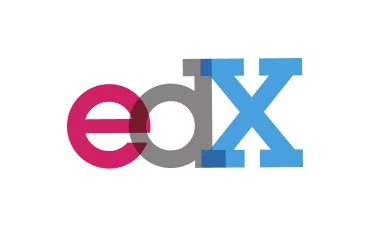When you enroll through our links, we may earn a small commission—at no extra cost to you. This helps keep our platform free and inspires us to add more value.

MITx: Visualizing Imperialism & the Philippines, 1898-1913
Remarkable political cartoons and photography at the turn of the 20th century reveal debates over US entry into global imperialism through the conquest and occupation of the Philippines. Join historians on a journey through this rich content drawn from MIT Visualizing Cultures.
This Course Includes
 edx
edx 0 (0 reviews )
0 (0 reviews ) 19 weeks at 1-4 hours per week
19 weeks at 1-4 hours per week english
english Online - Self Paced
Online - Self Paced course
course MITx
MITx
About MITx: Visualizing Imperialism & the Philippines, 1898-1913
In this course we use visual records as a way of understanding history at the turn of the 20th century. Learners will learn how to navigate visual primary sources and use them to investigate:
the historical debates that emerged in political cartoons;
issues of race and prejudice in both cartooning and photography;
photography as a tool of power in conquest and colonization;
the often forgotten Philippine-American war;
ethnographic photography;
how the theme of civilization and barbarism appeared to justify imperial wars;
early use of cross-cultural photography in mass media.
The roundtable discussion format of the course will set up a discursive and exploratory style of learning. Learners will be exposed to multiple points of view as the teaching team brings together scholars who have studied the topics from different disciplines. Learners will also learn how to work with visual evidence as primary sources to assemble arguments.
For teachers, the course presents a number of units developed for the MIT Visualizing Cultures (VC) project. The instructors are the authors who created the VC resource, and the course provides a pathway into the VC website content. The VC website is widely taught in both secondary and college courses, and is the primary resource for this course. Educators can selectively pick modules that target needs in their classrooms; the course can be used in a “flipped” classroom where students are assigned modules as homework.
What You Will Learn?
- the study of history and how it uses visual sources.
- how political and cultural debates that occurred then shed light on similar issues today.
- how to work with visual images.
- how to engage challenging, at times disturbing, historical sources.
- the study of databases and visual communication..
